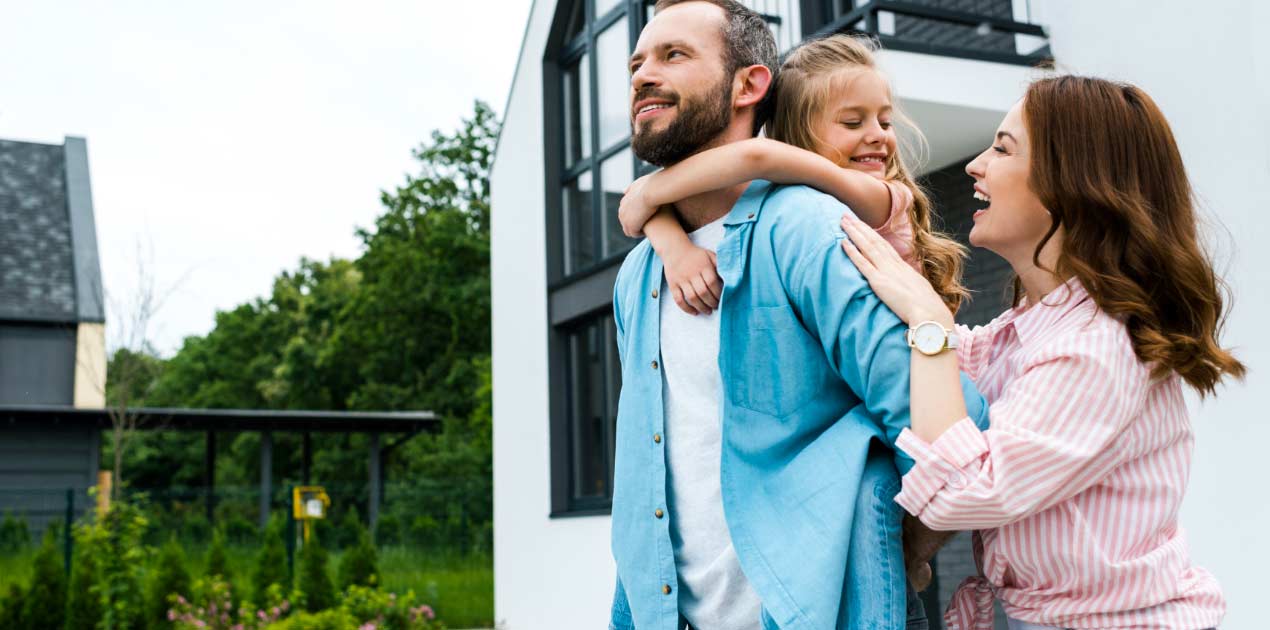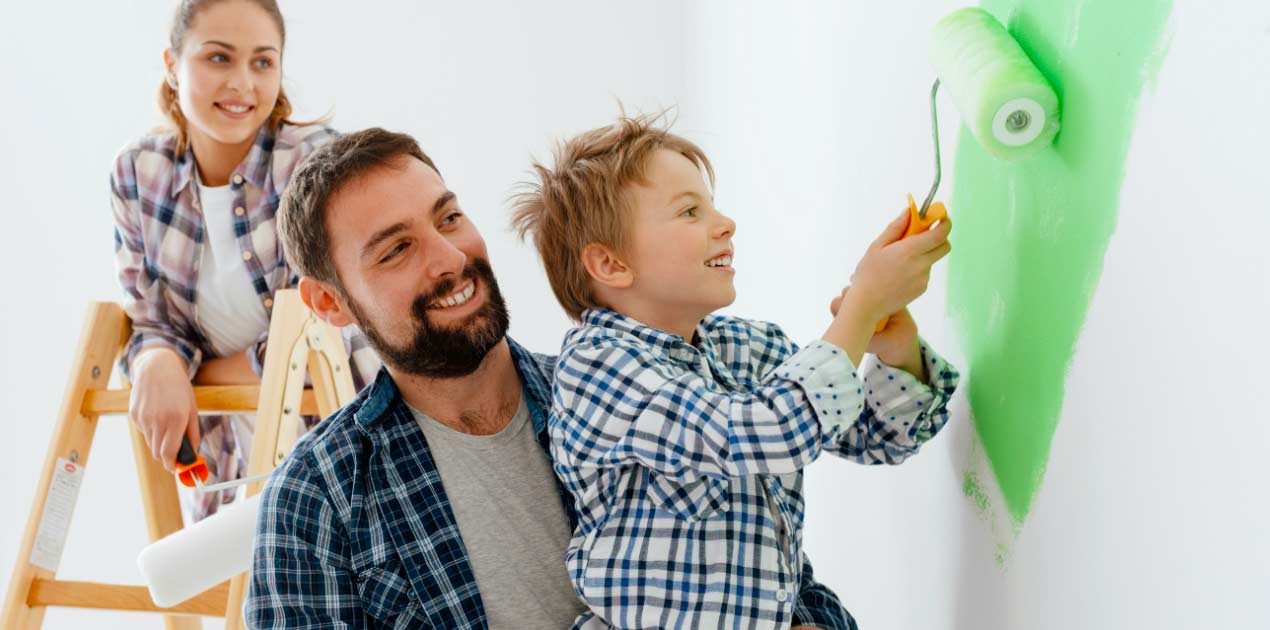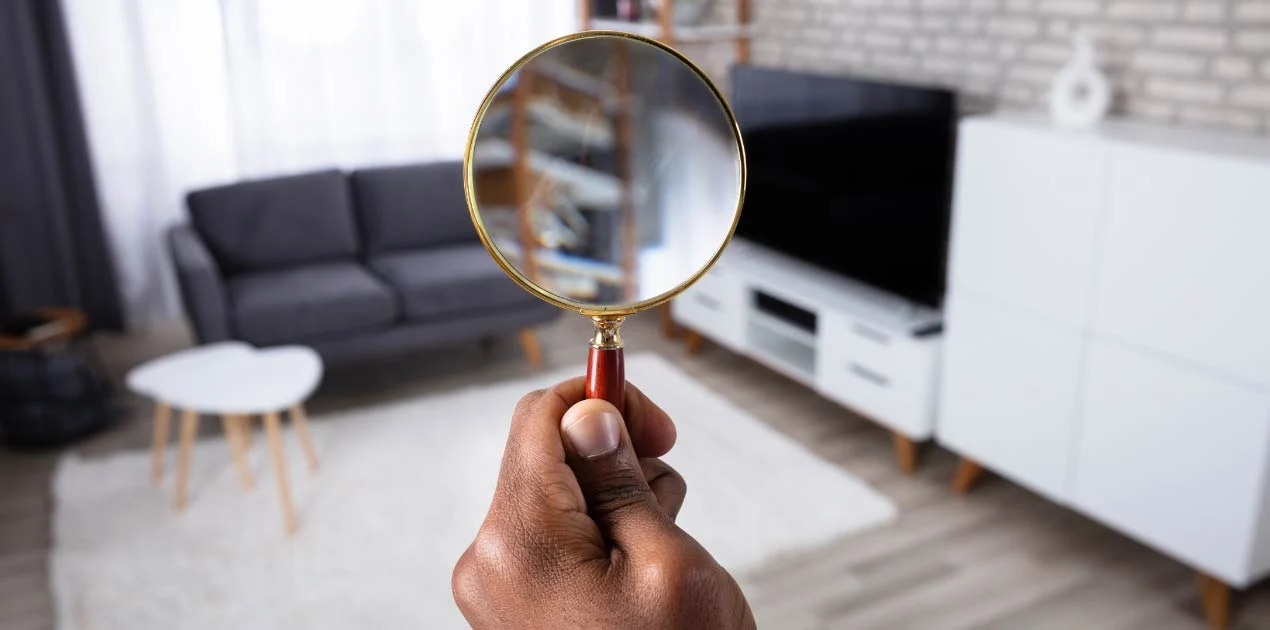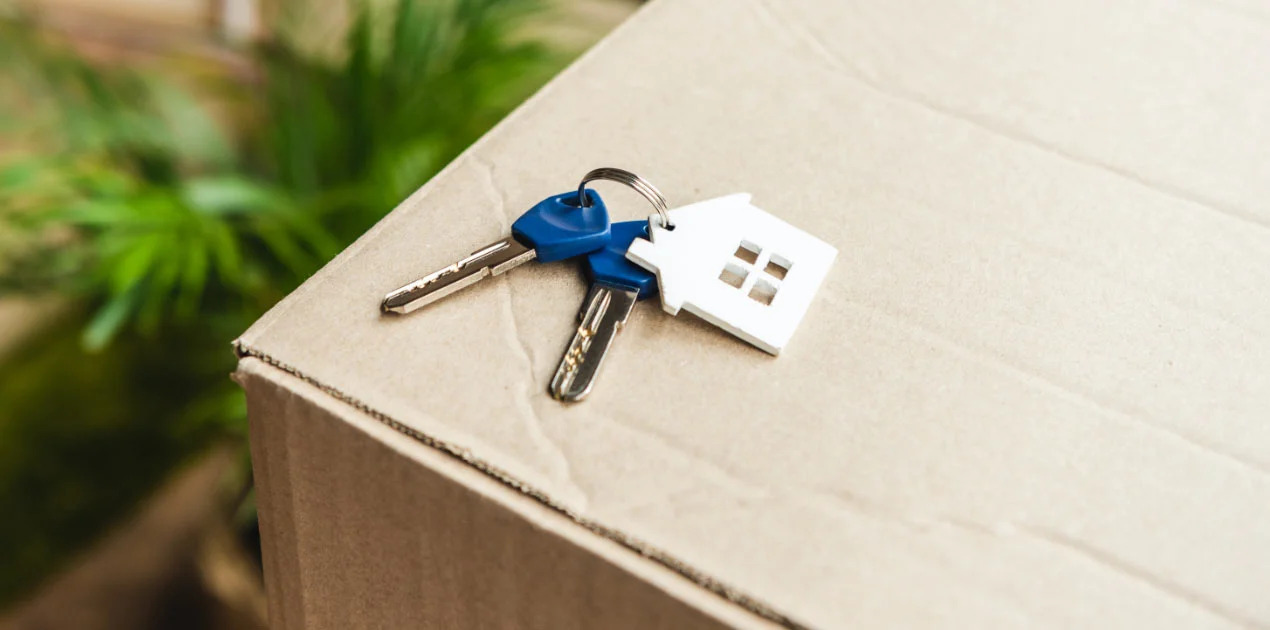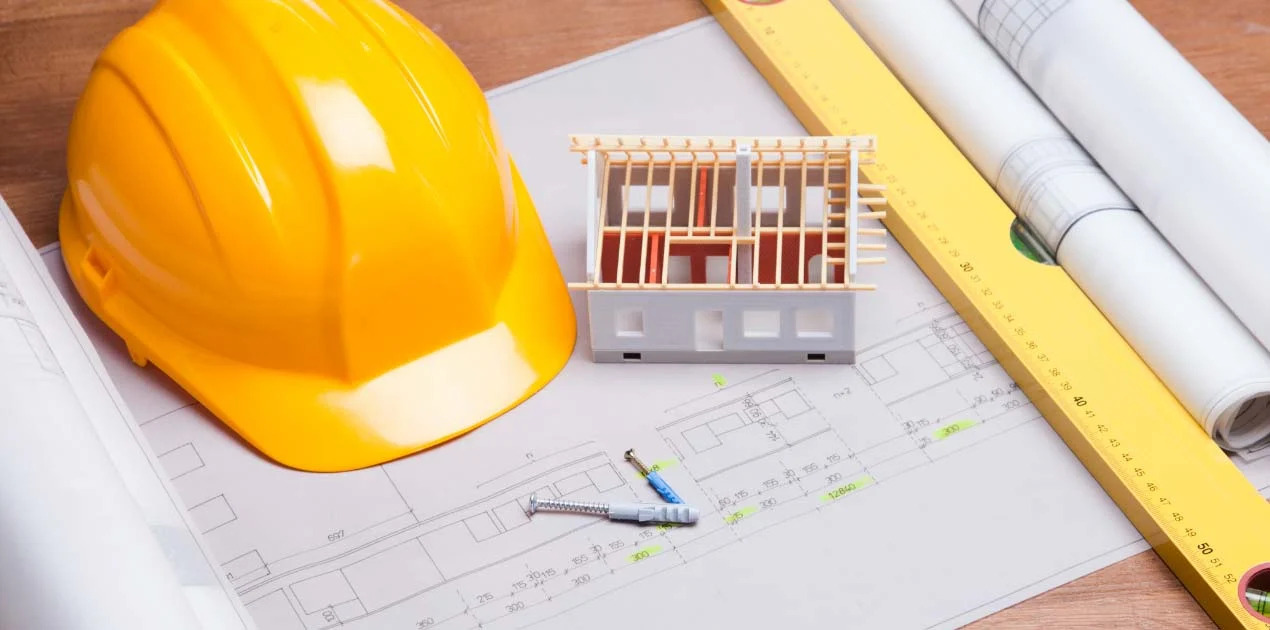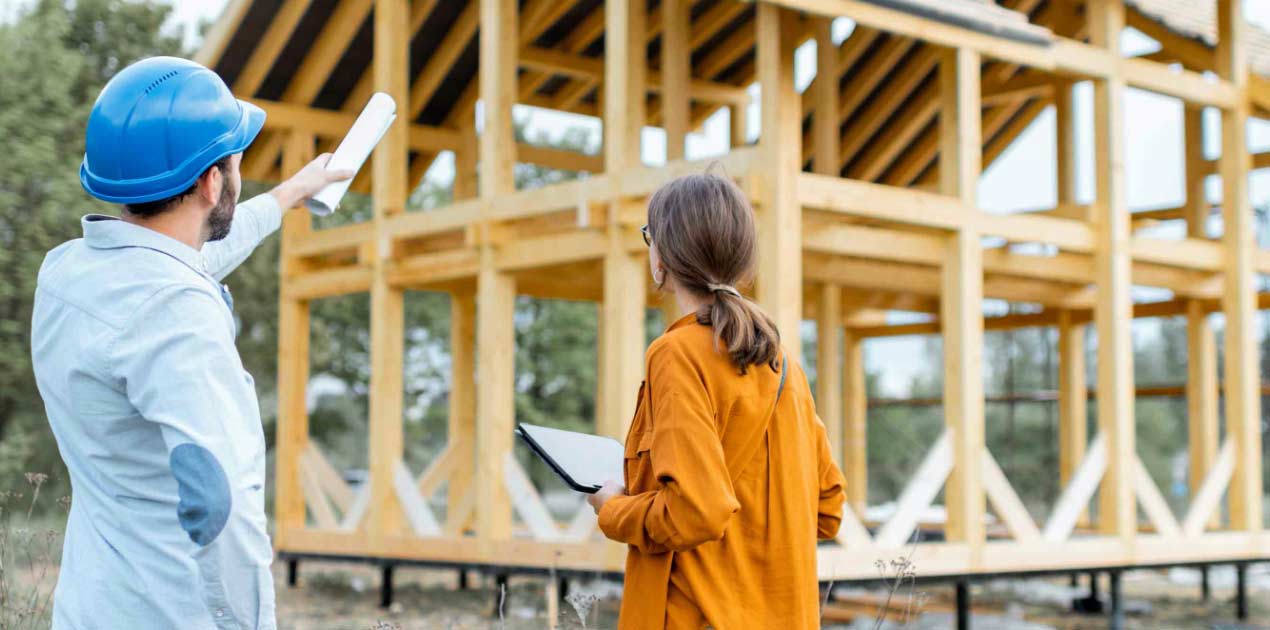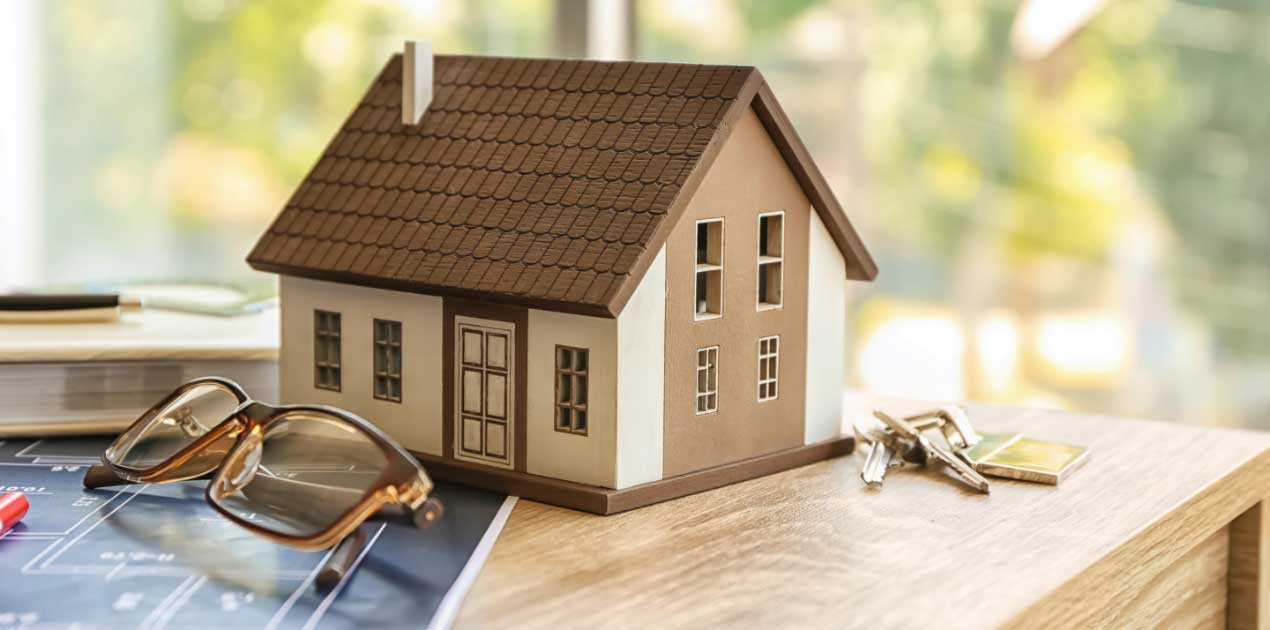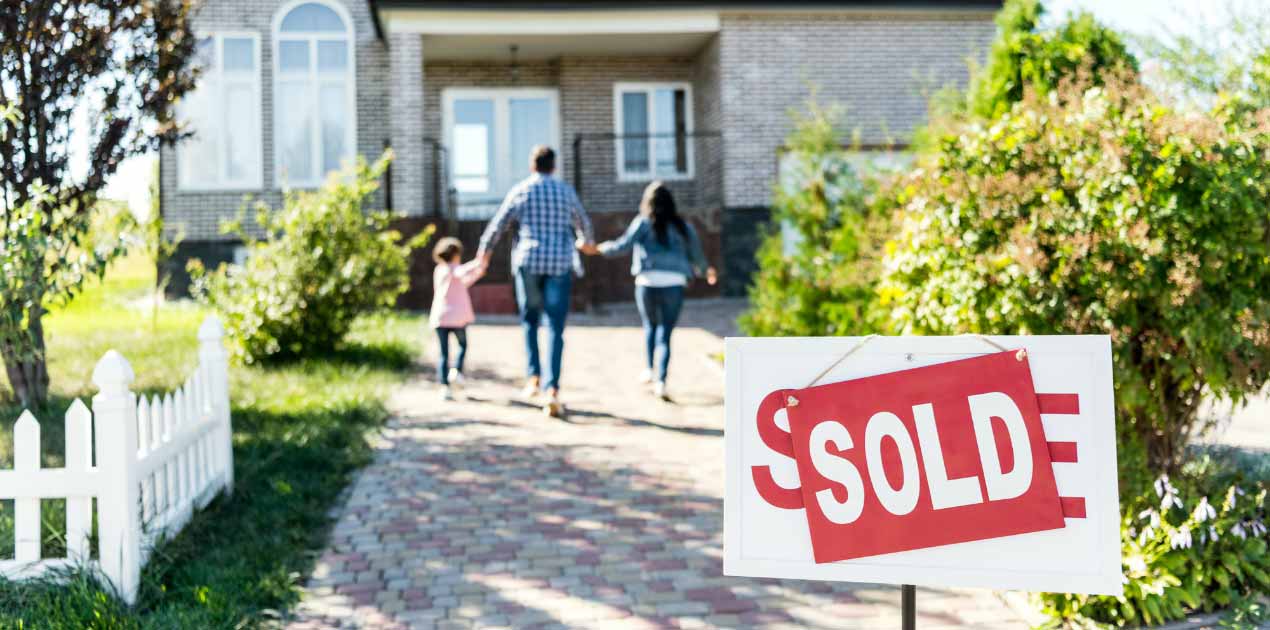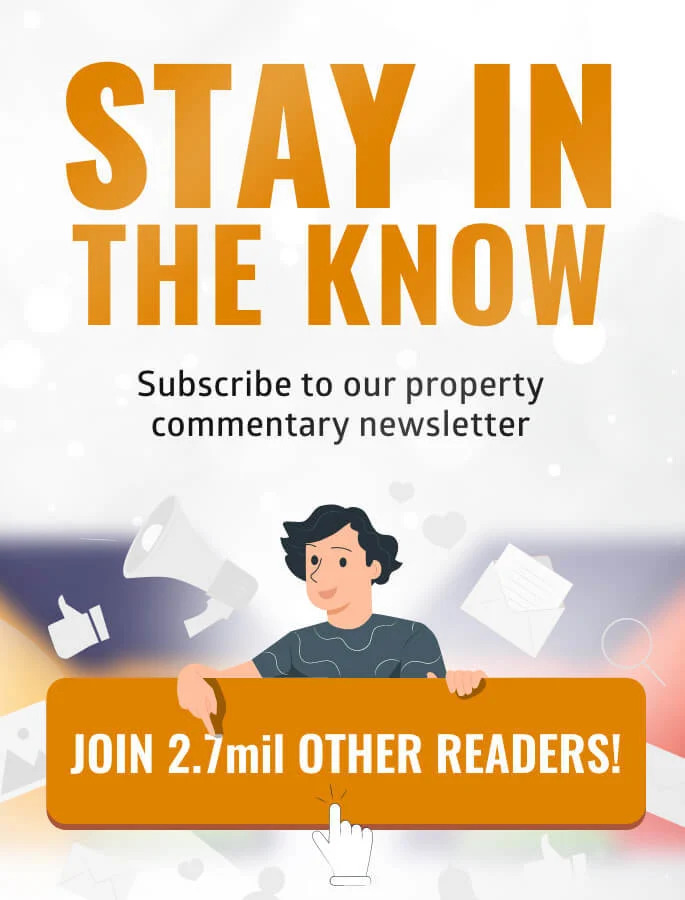Please use the menu below to navigate to any article section:
As your family grows, your needs and priorities also evolve, which means things that you once held dear are suddenly not so important.
Living in an area with a local coffee shop where the barista knows your name might still rank towards the top of your list.
But other property features might suddenly come into play, such as a backyard for the kids to play, off-street parking for safe and easy drop-offs, and close proximity to good schools and playgrounds.
For many families, finding the ideal suburb in Melbourne can be difficult and overwhelming.
But here, we’ve done the hard work for you.
By looking at amenities, public transport, schools, and local facilities, this list can help you work out where your next family home might be.
1. Bentleigh
Post code: 3204
In this affluent suburb located around 13 kilometres southwest of the CBD, residents have everything they could possibly on their doorstep.
But this comes with a price tag: the median house price in Bentleigh is around $1.6 million as of February 2025.
Melbourne’s premium suburb – Brighton – is just a short distance away, and locals have access to Southland and Chadstone shopping centres. Bentleigh also has two railway stations, making it ideal for commuters.
St. Paul’s Primary School, a Catholic co-ed primary school, is located in Bentleigh alongside a 95-year-old Church of the same name.
The suburb is also home to Our Lady of Sacred Heart College (OLSH), a Catholic girls-only secondary school, and Bentleigh West Primary School. In 2022, McKinnon Secondary School – long considered as the best public school in Victoria – opened its second campus located in Bentleigh.
2. Northcote
Post code: 3070
Located just northeast of the city, Northcote has developed a reputation as a vibrant, diverse and multicultural neighbourhood.
It’s an inner-city suburb with a $1.6 million median house price (as of February 2025), and the center of Northcote is High Street, home to a number of eclectic cafés, restaurants, supermarkets, shops, and entertainment venues.
For school-aged families, there are a number of schools here: Northcote Primary School, Northcote High School, Santa Maria College (an all-girls high school), and St Joseph’s Primary School.
The suburb also offers a number of public transport options, including trams, buses, and trains, but it’s also a very rideable suburb, with Northcote known for its “bike culture”. Overall, Northcote has a strong feeling of community, with festivals, events, and arts activities lighting up the streets all year round.
3. Malvern – Glen Iris
Post code: 3146
Whether it’s a café to get a cup of coffee to kickstart the day, local restaurants to visit on the weekend, or shops and beauty parlours to relax, Malvern and Glen Iris are overflowing with everything locals need.
A residential suburb around 10 km southeast of central Melbourne, Glen Iris was formerly part of two municipalities: Camberwell and Malvern.
With the creation of the amalgamated municipalities of Boroondara and Stonnington, Glen Iris became its own neighbourhood, but it shares many traits with Malvern.
Here, residents face a $2.35 million median house price (as of February 2025) but this gives them easy access to public transport, including both trains and trams, with Malvern Shopping Centre and local shops to help you stock up on essentials.
Families in the area can choose from a number of schools, including Glen Iris Primary School, Sacre Coeur Catholic School, and Saint Roch’s Primary School.
4. Glen Waverley
Post code: 3150
Glen Waverly ticks all the family boxes when it comes to living in an area where there are plenty of shops, supermarkets, cafes, parks, reserves, and restaurants.
But it also has that extra quality that families seek: that neighbourhood, community feel that makes you feel connected to those around you.
There is a mix of older couples and young families living here, alongside creative types and students who wish to live in close proximity to Holmesglen TAFE.
With a number of quality schools, including Glen Waverley Secondary College, Glen Waverley Primary School, and Wesley College Glen Waverley, it’s a sought-after place to live.
The median house price sits at around $1.675 million (as of February 2025) But, rentals are much more affordable at around $720 per week for houses or $680 per week for units.
5. Camberwell
Post code: 3142
Located around 9 kilometres east of Melbourne’s CBD, and commonly regarded as one of Melbourne’s most prestigious and exclusive suburbs, Camberwell is a sought-after area for well-heeled families to reside.
The median house price is $2.6 million (as of February 2025), so it’s not accessible to all budgets, but those who can afford it get to enjoy a suburb with a mix of grand homes, including lovely historic residences and new, more modern homes.
A popular feature of Camberwell is the popular Burke Road shopping strip, located near Camberwell Junction, where three tram routes meet. The suburb also has a number of train stops and several bus routes.
Camberwell is designated one of 26 “Principal Activity Centres” in the Melbourne 2030 Metropolitan Strategy.
According to the “Melbourne 2030” urban planning strategy, Camberwell is one of Melbourne’s 26 key areas prioritised for development and increased activity, including housing, retail, and employment opportunities.
In other words, the suburb has been pinpointed for growth and investment, meaning they’re likely to enjoy continued upgrades to roads, amenities, and facilities.
6. Altona
Post code: 3018
Altona is situated less than 20km from the CBD. It’s easily accessible to the city via major arterial roads and public transport and offers plenty of recreational areas and open spaces.
The suburb has a $1.127 million median house price (as of February 2025) and is home to a broad mix of residents, from long-timers who have lived in Altona their whole lives to newer residents who have arrived to enjoy everything the beachfront suburb has to offer.
Many homes here are on large blocks, with quiet streets setting the perfect backdrop for children to ride bikes and play.
Over time, the area has become more gentrified and a cafe culture has emerged, with old houses being replaced by new townhouses, units, and apartment blocks.
7. Kew
Post code: 3101
Located around 5km east of the center of Melbourne, Kew is a leafy inner suburb that borders the Yarra River and has a median house price of $2.64 million (as of February 2025).
It used to be a city in its own right, until 1994, when the cities of Kew, Hawthorn, and Camberwell were amalgamated to form the City of Boroondara.
Kew is considered to be a safe and friendly Melbourne suburb with plenty of local amenities, including shops, grocery stores, cafes, and restaurants. It doesn’t quite have the same energy and activity as inner-city suburbs that are closer to the hustle and bustle of the CBD, but this makes it popular with families who want to be close to the city, but also want a more laid back lifestyle.
Local schools include Kew Primary School, Sacred Heart Kew Primary School, and Trinity Grammar School, an Anglican day and boarding school for boys.
8. Essendon
Post code: 3040
Essendon is considered a great suburb to raise a family, as it’s in close proximity to several good schools, childcare facilities, and a number of good cafes and shops. Schools include Essendon Primary School, Essendon North Primary School, St Therese’s School, and more.
Essendon offers solid public transport options, including trains and trains, giving residents access to both the CBD and the airport.
The streets of Essendon are home to some of Melbourne’s most grand and historic properties, perched along beautiful tree-lined streets that could rival the inner-east favourites such as Kew and Hawthorn.
The difference here is the price: the median house value is around $1.73 million m and in Essendon North, it’s $1.32 million (as of February 2025) – still not “cheap”, but far lower than the more exclusive suburbs to the south.
9. Wantirna
Post code: 3152
Located around 24km east of the CBD, Wantirna is a family-friendly suburb with plenty of kindergartens, childcare centres, and primary and secondary schools within walking distance.
In recent years, a number of developers have built apartments and complexes in the area, so this suburb is now a mix of freestanding homes with lovely gardens and big backyards, alongside more modern building structures.
A convenient place to live, residents are in close proximity to Westfield Knox, East Link Freeway, and schools such as Wantirna Secondary College and The Knox School.
A hilly suburb, it has plenty of green, open spaces and parks, and offers mountain views.
The median house price for the area is around $1.1 million (as of February 2025).
10. Balwyn
Post code: 3103
Balwyn is a popular eastern suburb with families, young professionals, and retirees who enjoy living a suburban lifestyle, with a mix of parks, gardens, and green spaces.
The suburb has a quiet community feel and a small shopping precinct with all the necessities.
It’s also on the more exclusive side, boasting quiet, leafy streets, picture-perfect streetscapes, and stately homes.
The median property price is around $2.88 million for houses and $870,000 for units (as of February 2025).
For many, the suburb’s huge appeal also lies in its schooling, as Balwyn is home to many of the most prestigious schools in Melbourne including Balwyn High School, Balwyn Primary School, and Fintona Girls’ School, Greythorn Primary School, and more. The suburb is serviced by a number of trams and buses.
11. Ascot Vale
Post code: 3032
Named after the famous British racecourse, Ascot Vale has evolved over time into a vibrant, multicultural community that is popular with families young and old.
With a number of parks and reserves that take advantage of the Maribyrnong River, along with cafes, restaurants, trendy shops, and health and wellness facilities, Ascot Vale is the suburb of choice for families who want to live in an area with a close-knit, neighbourhood feels, without giving up any of the amenities they desire.
There are a number of local private and public schools together with childcare centres, and plans are in place to develop the Riverside Sports and Recreation Precinct, also known as the Riverside Golf and Tennis Centre, a multi-million dollar council facility that aims to “enhance the character, functionality, and safety of the precinct”.
The median house price for the area (as of February 2025) is $1.3 million, or $512,000 for units.
12. Coburg
Post code: 3058
A multicultural suburb situated less than 10km north of the CBD, Coburg is a rapidly gentrifying suburb offering plenty of parks, green open spaces, and cafes. When a suburb gentrifies, it means the area evolves to include more sought-after amenities such as shops, cafes, restaurants, and recreation facilities.
This is all happening in Coburg, a suburb that is also close to other sought-after neighbourhoods like Brunswick.
The Coburg Farmers Market and night market are always busy, and local families can enjoy old-style entertainment at the Village Cinemas Coburg Drive-in.
In terms of access, Coburg is home to three tram lines and two train stations, with easy access to Melbourne airport via the freeway, and local schools include Coburg Primary School and Coburg High School.
The median house price for Coburg (as of February 2025) is $1.15 million for houses or $560,000 for units.

